Text

Canabis Protectio - Bologna, Italy
5 notes
·
View notes
Photo


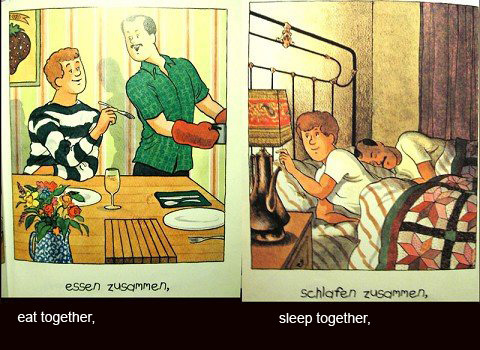
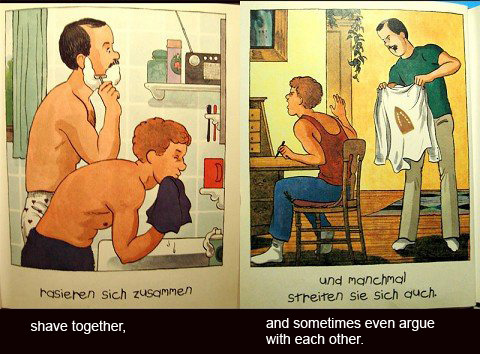

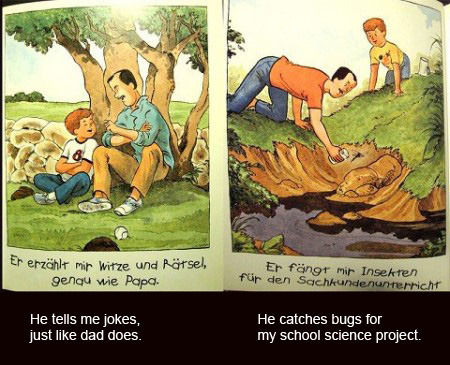

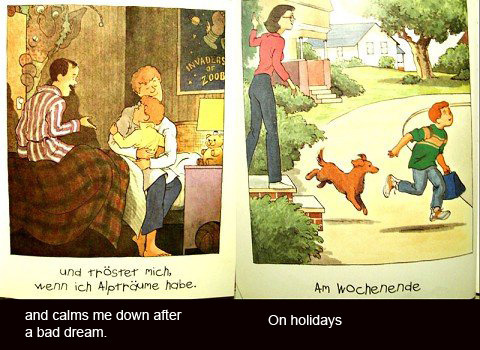


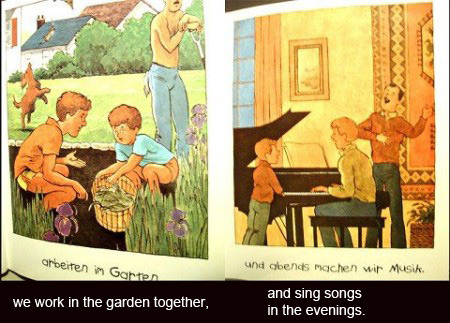

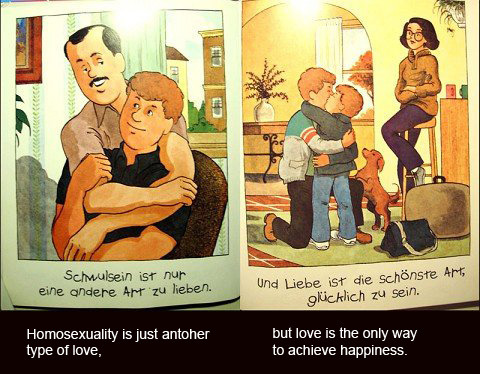
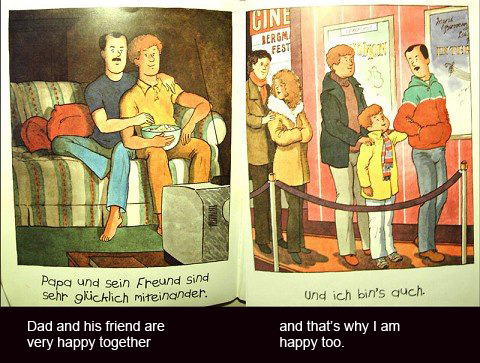
Homosexuality explained in a German Children’s Book
522K notes
·
View notes
Photo
USSR

Fantasy Medieval Coat of Arms of U.S.S.R.
“Socialist heraldry”
The Soviet Union, created after the 1917 revolution, required insignia to represent itself in line with other sovereign states, such as emblems, flags and seals, but the Soviet leaders did not wish to continue the old heraldic practices which they saw as associated with the societal system the revolution sought to replace. In response to the needs and wishes, the national emblem adopted would lack the traditional heraldic elements of a shield, helm, crest and mantling, and instead be presented more plainly. This style was followed then by other socialist and communist states, which wished to also focus attention on the nation’s workers and diverge from feudalism and all of its associations.
In some communist countries, the socialist heraldry was never adopted fully. The coat of arms of Poland was only changed slightly under the communist era, retaining the traditional heraldic form. In Hungary, the “Rákosi badge”, an emblem in the form of socialist heraldry, was adopted following the Second World War, but after the 1956 uprising, a new emblem was created combining communist symbolism with a heraldic shield in the colours of the Hungarian flag. Czechoslovakia became a Communist country in 1948 but retained its original coat of arms until 1961, when they were replaced with a non-traditional shield depicting the heraldic Bohemian lion without a crown and with a red star above head. Some of the states of Yugoslavia also used heraldic shields coupled with socialist imagery in their emblems, as did two republics within the USSR: the Russian Soviet Federative Socialist Republic and the Ukrainian Soviet Socialist Republic.
7 notes
·
View notes
Text

Philip the Arab
Roman Emperor from February 244 AD to September 249 AD
1 note
·
View note
Text

Old Gate, Ingolstadt
The Kreuztor, built in 1385, is the western gateway to the medieval city center of Ingolstadt. The tower's name is derived from the leper house belonging to the Church of the Holy Cross (Kirche zum heiligen Kreuz), which stood to the west of the city walls until its destruction in the Schmalkaldic War in 1546.
This seven-turreted guard tower was part of Ingolstadt's second city wall. Of the city's four principal gates (the Feldkirchnertor, Hardertor, Kreuztor and Donautor), only this and the Feldkirchnertor survive today, the latter as part of the castle complex.
#medieval#gate#germany#architecture#bavaria#bayern#ingolstadt#journey#goodday#saintstephen#26/12/2019#red#bricks#street
11 notes
·
View notes
Text
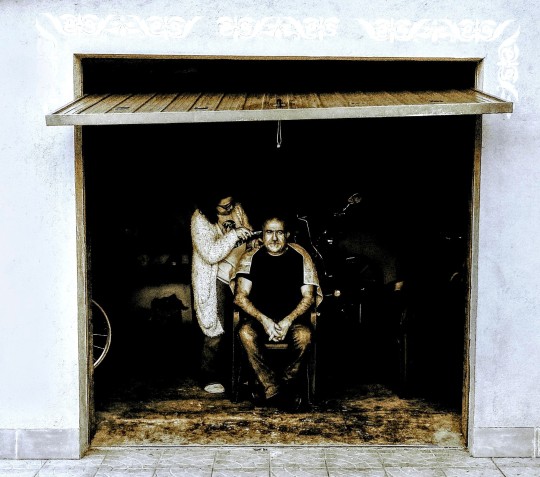
Home, Sweet Home
#Mummy & Daddy#dad#mum#mom#home#sweet#casa#wild#selvaggio#bianco e nero#bianco#nero#rasoio#shaver#old style#hair#beard#moustache#barber#barbier#hairstyle
6 notes
·
View notes
Text

Pine Cone
Villa Musone, Recanati (MC) 09/07/2019
#pine#pinecone#pine cone#tree#fruit#leaf#nature#Recanati#luglio#natura#albero#pianta#altalena#giardino#garden#time#Summer#estate
0 notes
Text

Red Chaos
#stone#red#White#sand#sea#italy#Italia#pietra#mare#sole#vento#caos#rosso#bianco#colore#legno#wood#nature#artificio#wind#summer#estate
0 notes
Text
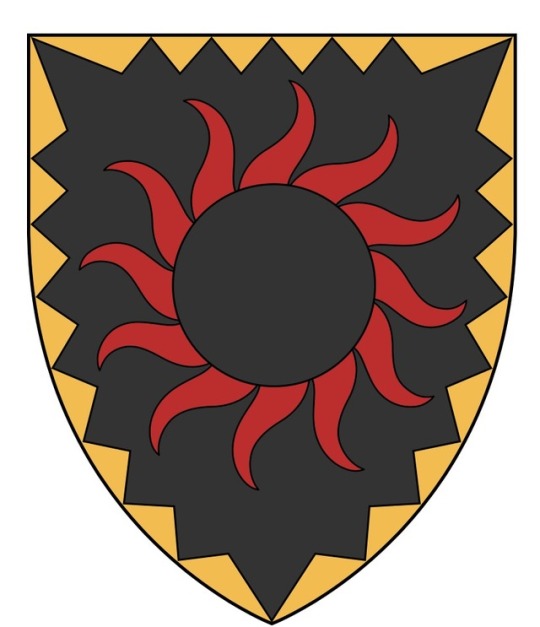
Casata Ray-ban, prima delle 42 dinastie di Benalia
House Ray-ban, first of the 42 dynasties of Benalia
#coat of arms#heraldry#d&d#fantasy#fantasy city#pathfinder#house#dynasty warriors#Benalia#Ray-ban#sun#Black#Red#Gold#shield
2 notes
·
View notes
Text
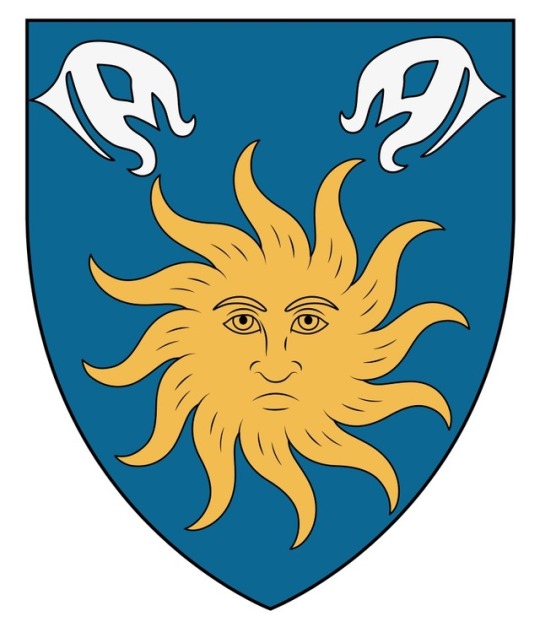
Città-Stato Imperiale di Alba
Imperial City-state of Alba
#coat of arms#heraldry#alba#sun#A#blue#Imperial#City-state#pathfinder#d&d#Fantasy#fantasy city#city#imperial city#kingodom#scudo#araldica#blasone#stemma#vessillo
7 notes
·
View notes
Text

Benalia, la città dalle mille torri
Benalia, the city of a thousand towers
#d&d#pathfinder#fantasy#fantasy city#coat of arms#blason#heraldry#heraldic#the shield#fantasy world#colour#towers#tower
4 notes
·
View notes
Text

Attesa
Il cane Argo attende con pazienza il ritorno del suo padrone.
Waiting
The dog Argo patiently awaits the return of his master.
1 note
·
View note
Photo

Blasone della Famiglia Castagnari
D'argento, al castagno sradicato di verde, fruttifero di cinque pezzi d'oro.
Family Castagnari Coat of Arms
D’argent, chestnut uprooted vert, fruitful of five pieces d’or.
1 note
·
View note
Photo

the bean in the fig tree
0 notes
Photo

1) The First Post 2) The Old Familiar 3) The Famous Cock 4) The Cross Hands 5) The Good Companions 6) The Trusty Servant 7) The Two Headed Dog 8) The Mermaid 9) The Beehive 10) The King's Head 11) The Hole in the Wall 12) The World's End Five Men, Twelve Pubs, Sixty Pints!
0 notes
Text
Fuoco nei Cieli di Maggio
Navi di nuvole solcano i cieli di maggio.
Fuoco del tramonto scompare tra le brume atmosfere.
Questo cielo di fuoco, così potente, così ricco, così bello.
Perché la natura ci ha concesso di assistere a tutto questo?
La magnificenza di guardare il sole morire dietro a quei monti lontani, che sembrano fantasmi all'orizzonte.
E mentre l'incendio dei cieli va scemando, e le flotte di cirri e di cumuli vanno allontanandosi, la sera cala in un abbraccio caldo, donatoci dal vento marino; e mentre la mia penna scrive, e la mia mente trova le parole per descrivere questo sogno, il giorno muore, tra le braccia della notte, che però ancora è sera.
Una sera stupenda, tra viola, rosetto, e quel rosso pirico che ancora brucia all'Occidente.
Chissà se qualcun altro sta osservando il mio stesso cielo?
Dove sei mia anima compagna?
Dove siete amici miei?
In questo tripudio di bellezza e decadenza.
O vita mia! Grazie per ciò che dai, grazie per ciò che togli.
P. J. Caster
6 notes
·
View notes